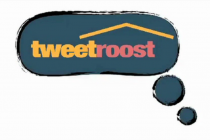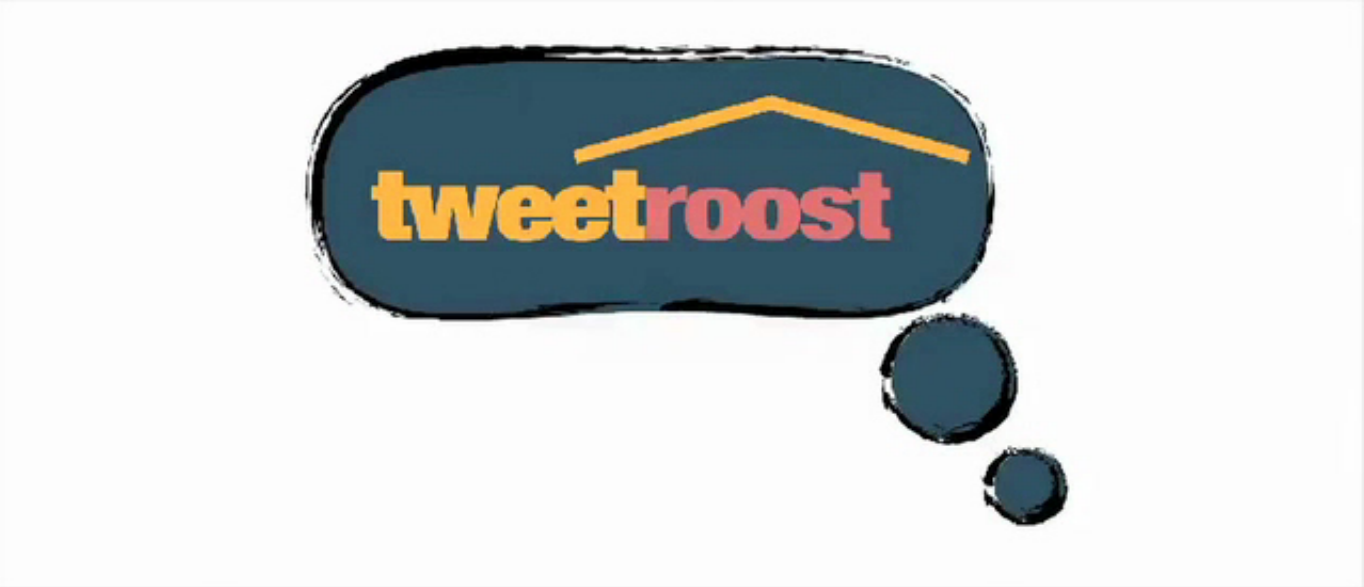 Starting any business is not easy at the best of times. So when, during the deepest recession in almost a century, the platform you are developing on starts changing its rules you know you are not in for an easy ride.
Starting any business is not easy at the best of times. So when, during the deepest recession in almost a century, the platform you are developing on starts changing its rules you know you are not in for an easy ride.
You may call him defiant, or foolhardy, but in one week Mark Krieger will do something that would make most bank managers wince, he will launch his latest start-up. His new application, TweetRoost, is a multiuser-oriented Twitter client designed to help “individuals and groups efficiently monitor, assign, categorize, save and analyze tweets from one or multiple Twitter accounts”.
“This is my third start up,” he says, “so in many ways it was by far the easiest (the earlier ones were successful). We’ve had few challenges: We have the funds (self funded), we have the technical ability. We have a vision of what we want to do. Our main challenge is to make a product which people really want. Which I think we’ve done. ”
Krieger has had other challenges along the way, not least the competitive Twitter-client market. Both TweetDeck and HootSuite have the reputation, critical mass (Hootsuite boasts Facebook as one of its users) and fanbase to dominate the market, so what can a new client bring to the market?
“TweetRoost is […] a Multi-User Service Desk or Project Management product geared towards Twitter. First, it is Web (Cloud) based, and multiple users can login to the same Twitter account simultaneously and they can work on saved items — like a service desk or project management tool — where the saved items are actually tweets, retweets and direct messages which are part of these Twitter accounts. The ability to work on saved items as a collaboration tool sets us apart. So, [it’s best to] look at TweetRoost as a way to manage your Twitter account if you have multiple people, perhaps with multiple business functions, who need to work with customers or associates who use Twitter to communicate with them and where everything you do is saved forever.
“We mean to make TweetRoost the most comprehensive Twitter Enterprise tool. This not only means features not found in other Twitter ‘higher-end’ clients, but also by branching out to help the Twitter users who adopt our product. For instance, we’ll support mobile in the future, we’ll also support access to other social media tools where the access to them will help them support their social media strategy.”
While TweetRoost may be supporting user’s social networking strategies Twitter is making things difficult for its developers. In March 2011 Twitter began implementing changes to its API (the system which negotiates how external systems access Twitter’s content) that led some to accuse it of killing its ecosystem. So, could this lead to stillbirth for TweetRoost? Not according to Krieger.
“Twitter has stopped giving out whitelists to any application. Here is what this means: Any application has 350 API gets (call to get data) per hour per account. But when they whitelisted apps, those apps got 20,000 per hour. This means that applications might be limited in what they can do and the playing field might not be level. However, Twitter is testing a new ‘site streams’ API, where the application is not restricted at all to any number of gets per hour, since the data is streamed to the application in real time. I like the new site streams api, but it will be a lot of work for us to use it. We are working on it now. I believe their decisions are based on their available throughput, not on any attempt to kill innovation with Twitter apps. But we’ll see.”
And it is this pragmatism that is, according to Krieger, the key to supporting a start-up in these economic times. He explains that when starting a company being practical is the best approach.
“Keep it lean. Do not spend money you don’t have. Don’t do it to convince someone to fund you, do it because you have a great idea. Keep in mind that the goal is to make a product which is so good that the customers will want to buy it.”












